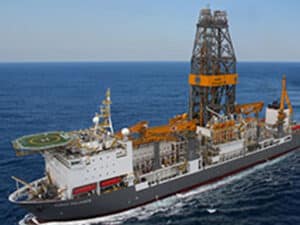
Caustic soda spill leads to costly deck damage
Written by Nick Blenkey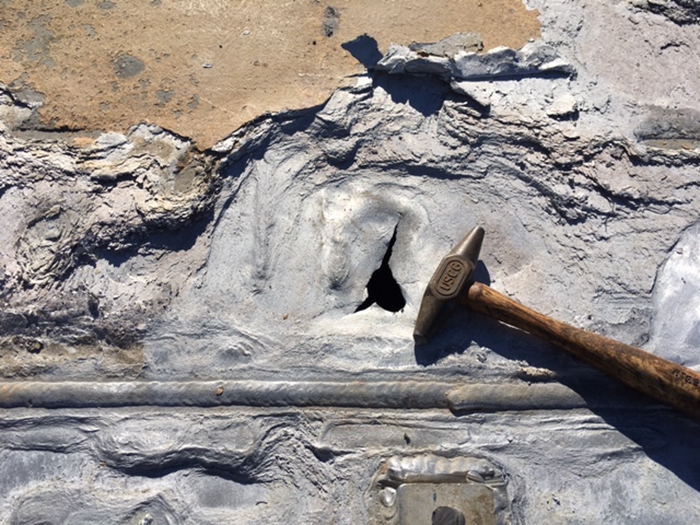
Indications of chemical reaction and destruction of aluminum plating
MARCH 28, 2017 — The USCG Headquarters Office of Investigations and Casualty Analysis has issued a “lessons learned” circular on the hazards of chemical spills.
Earlier this year several Coast Guard marine inspectors were performing a deficiency check on a crew boat that operates in the Gulf of Mexico. It happened to be raining that day and while the inspectors were in the engine room, they noted water dripping from the overhead at various locations. They also spotted several cracks and parted seams in the aluminum braces of the structure that was the underside of the vessel’s cargo deck. The extent of damage and exact sources of the leakage was difficult to determine, so the inspectors requested the boards covering the surface of the cargo deck be removed.
Upon returning to the vessel the following day, the team found significant wastage covering a large area of the now exposed aluminum surface. Furthermore, they identified areas where the corroded aluminum had softened and appeared spongy. It was clear that a chemical reaction had taken place.
In their investigation into the circumstances surrounding this situation, the inspectors learned that there had been a caustic soda spill on the deck. While it was washed off the vessel with water, a diluted caustic soda and water mix seeped into and settled underneath the wood planking. A chemical reaction then occurred, causing damage and the need for extensive repairs.
Caustic soda is highly reactive with aluminum causing it to oxidize and corrode quickly. Additionally, when caustic soda is exposed to aluminum under some conditions it can also produce highly flammable hydrogen gas.
As a result of this incident, the Coast Guard reminds vessel owners and operators to consider all hazards related to chemical spills. In addition to potential health risks to personal involved with routine handling and clean up of spills, there is also the potential for adverse chemical reactions with vessel components, construction materials, and other items onboard.
Read the “lessons learned” circular HERE

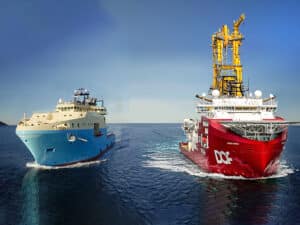
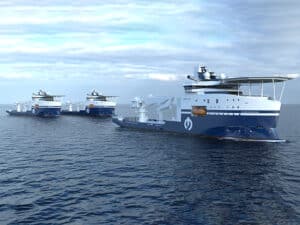
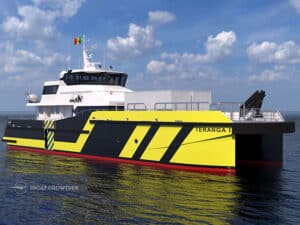
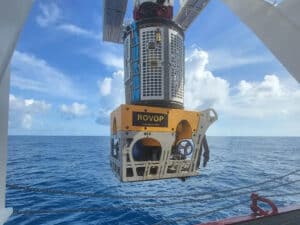
Leave a Reply
You must be logged in to post a comment.